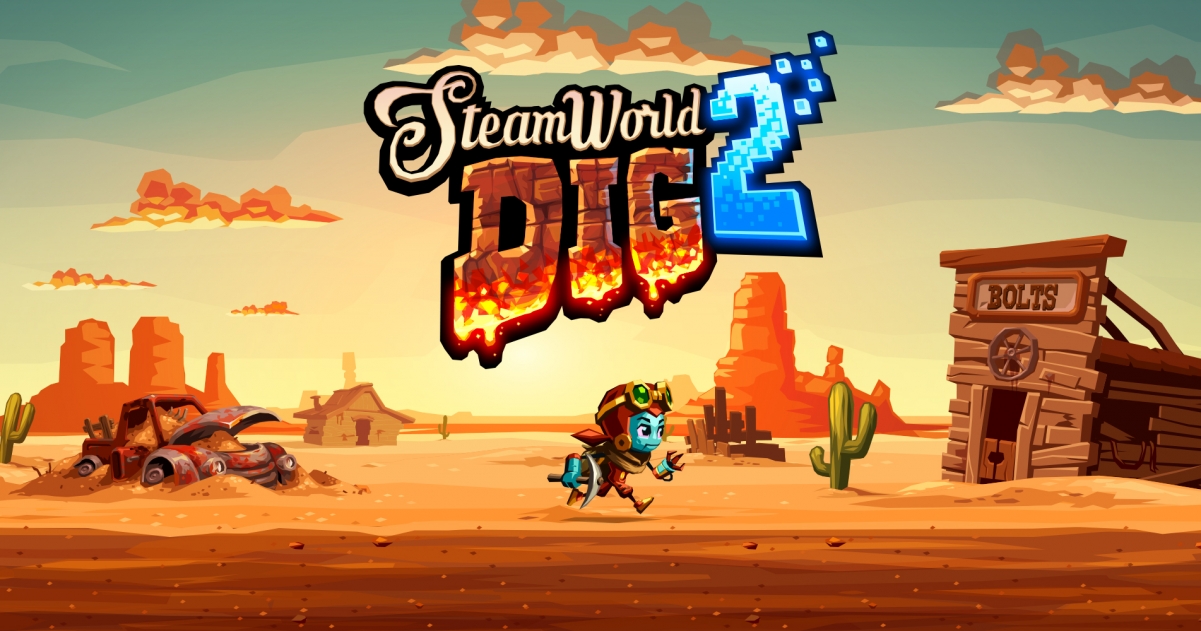

It makes it a great addition to a game that elevates it from solid to superior. And, in a 2-player game, the same dilemma begins to arise around round 7-8. Too late and you've missed opportunities to gain additional coins by having both. Too early and you might not have any territory left. Most of the time you earn more by having a race in decline AND an active race than if you kept just an active one, making those first rounds especially important for deciding just when to make the move into decline. So you need to have a new race that can conquer further and faster than your opponents can eat into your old territory. Your decline race is weak, only one token per territory remains, so they are likely going to be picked off one territory at a time by your opponents. So in order to expand and get more territory, you are forced to place a race in decline and choose a different one. Each race will have a finite number of tokens available when you select them, and even if you never lose one there will never be enough of them to hold the entire map. You expect to lose tokens over the course of the game. This eliminates the randomness of combat.

The problem my wife had with Risk was the dice rolling, and how the defender would win in ties. There can be no complaint as the defender about unfair dice rolls (mostly.more on that later). There is no hesitation as the attacker about which path to take. It makes the turns, and combat resolution, fast and painless. Add one for each token on the territory, whether a mountain, a Lost Tribe, or your opponent. 2 tokens to conquer an uncontrolled territory. The combat system is so, so simple which makes this a great gateway game for new players. This helps to ensure the game plays well no matter how many you can bring to the table. It will always feel like a small world because you will always run into a situation where you must conquer or be conquered. I love that this game uses a different board for each player count, changing the layout and the size of the territories so that it is able to scale well regardless of player count. Speaking of boards.there are two boards, each with a second side. The game is a colorful one to have on the table, which has the chance to draw in new players. Even after all the plays I've logged with this game, I still find myself enjoying the appearance of many of the races on their tokens. This game draws you in with the visual appearance. From the box, to the map, to the races themselves, it is all very aesthetically pleasing to look at. The first thing you notice about this game is the wonderful artwork done by Miguel Coimbra and Cyrille Daujean. Most races and powers in a 2-player game are solid, although there are some, like the Sorcerer, whose power is considerably weaker in a 2-player game but still worthwhile in the right situation. The added rounds make it so that each player is likely to be playing their third race by the end of the game, although sometimes a player who has a really good combination and/or foothold may end up having just two.īy the time each player is on their second race, the conflict really ramps up because a player typically needs to enter on the other half of the board in order to be able to conquer more territory without having to take out their own decline races. The Lost Tribe tokens are often found on the most valuable locations, making it more costly to gain the desired foothold. The map is small enough that there will eventually be forced conflict between even the most peaceable players. The game itself does not play any differently with two players. Place a mountain tile on each mountain space, and a Lost Tribe token on each space marked with the small gray square in the center. You would place the crown round marker on the 1 space, and in a 2-player game there are a total of ten rounds. Each player count has a different side of a board to use, so in a 2-player game you would pull out the small board and set it on the side marked for 2-players.


 0 kommentar(er)
0 kommentar(er)
